Pre-season fitness tips and exercises for better skiing by pro skier and elite level ski instructor Mark Gear.
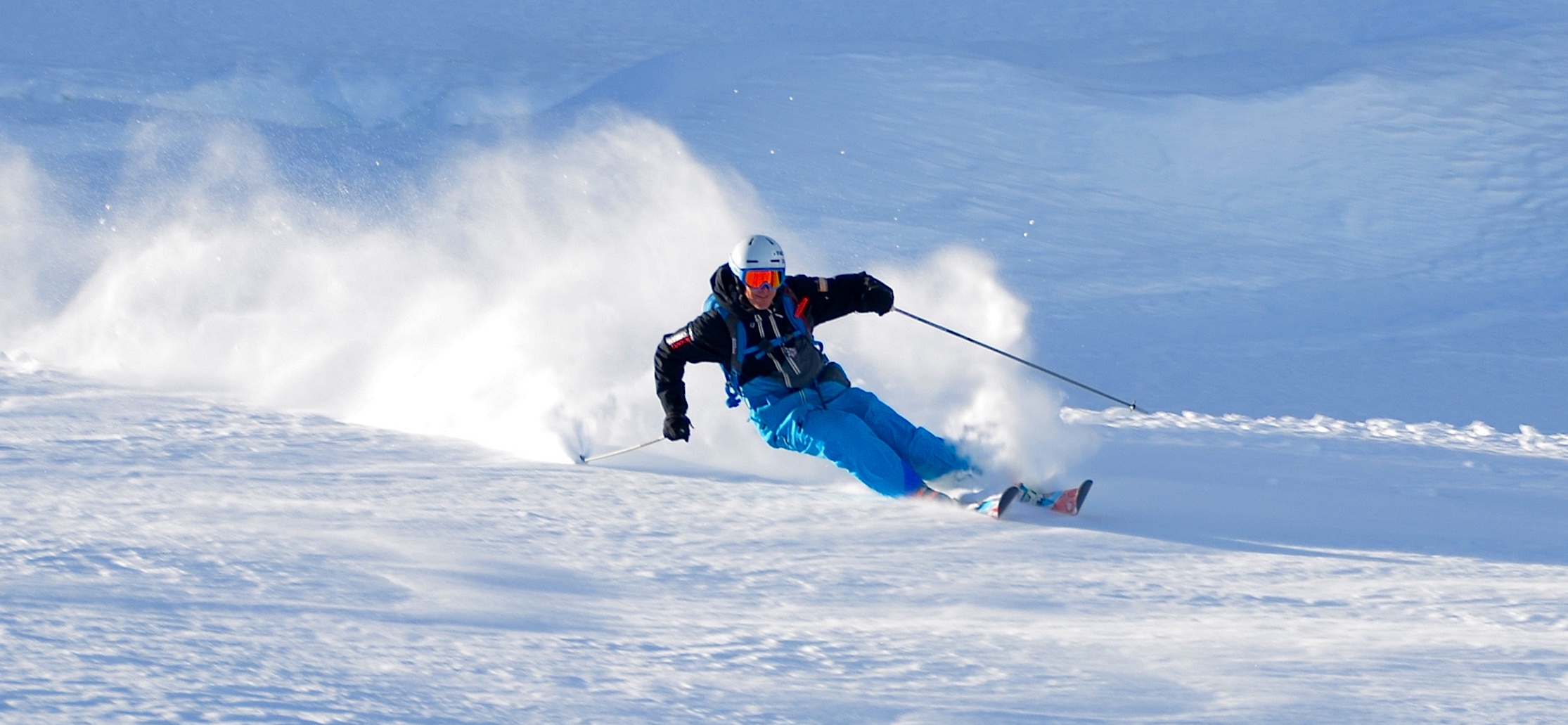
There is no better physical training for skiing, than skiing itself. Although, statistically speaking, the majority of skiers partake in the sport for just 2-3 weeks per year. With this in mind, it’s not suprising that it takes most skiers a whole week of skiing just to get their legs back. Being”ski fit” not only makes the first days skiing of the season more enjoyable, it also vastly reduces the risk of injury.
This is not intended to be a set programme, but aims to provide insight for how skiers can train specifically for skiing and how you can be “ski fit” that first day back on the slopes.
All of the exercises in this article can be done easily at home and without weights. However, if you want to take your dry land ski training more seriously, why not head down to your local gym and ask for help from the professional training staff to help design a personal programme. This can do wonders for your skiing fitness.
Please note: It is reccommended to check with your doctor before starting any physical fitness programme.
Programme duration
Any exercise you can do before your ski trip will certainly help. However, an 8 – 10 week, ski specific programme of 3-4 training sessions per week can help dramatically. Starting with strength training and ending with what is known as plyometric training. This will help prevent the legs from burning half way down the slopes and reduces the risk of injury. More about plyometric training later.
Cross training
Cross training through different sports is a great way to improve general fitness and will help for skiing. Any sport that involves moving the legs and getting the heart and lungs working is a good place to start. Running, jogging, cycling, swimming and tennis are all great sports to prepare yourself for the coming ski season. However, for true ski fitness we need to target the legs and core and simulate some skiing movements.
Skiing specific training
Ski specific training, as the name implies, aims to target the muscle groups used in skiing and to use them in a similar way to skiing. This kind of training includes initially strength training with or without weights and secondly plyometric training. Once strength has been increased, plyometric training can later be used to improve speed, agility and power.
Warm-ups & Flexibility are important
It is important to take the time to warm up the muscles before training them. Flexibility is also an important part of training for any sport and can help reduce the risk of injury.
Some skiing specific strength training exercises
The following exercises not only increase strength, but also balance skills which are important for skiing. The exercises should be performed in repetitions and sets. Good technique is more important than lifting lots of weight. It’s reccomended to practice the exercises with no extra weight to start with.
Free weight squats
Free weight squats (no machine), for improving whole body strength and balance. This exercise really targets the legs and core which are important muscle groups to strengthen for higher performance skiing. It is important to perform squats with the correct technique. Care should be taken as poorly performed squats can cause injury.
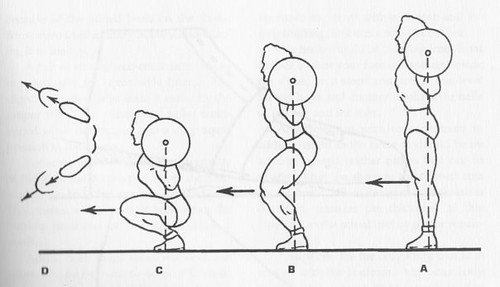
Some useful tips for free weight squats
- Warm up first with low weight.
- Use someone to spot you when lifting more weight.
- Face a mirror to check your technique
- Keep your back straight and parallel to your lower legs through each squatting movement
- Keep your head up and look forwards with eyes open.
- Keep your chest pushed out in front.
- Keep your feet in a comfortable symmetrical stance.
- Keep your feet flat on the floor through each squat.
- Ensure the knees do not go futher forward than the toes
The Lunge
The lunge also targets the major muscle groups used in skiing. Again caution should be used to ensure correct technique. The emphasis should be on quality, balanced and smooth lunges.

Some useful tips for lunges
- Warm up first without much weight.
- Use someone to spot you when lifting more weight.
- Stand with one foot forward, the other back.
- Both feet should be facing straight forward.
- Be sure your front knee is over your front ankle.
- Lower your back knee almost to the floor, and rise up again.
- Concentrate on squeezing to push yourself up, keep the abdominals tight and the lower back in a neutral position.
- Maintain the body in an upright position with a straight back to avoid leaning forward.
One leg squats
One leg squats can be more difficult to perform as balancing is more challenging. It’s best again to start with low weight. When comfortable with the technique, weight can be held in each hand or on a bar held behind the neck. Try placing a cushion under the front foot to really target your balancing skills. This helps to strengthen the little muscles used in skiing for balance in the legs and core.
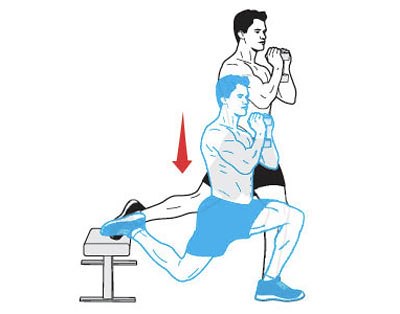
Some useful tips for one leg squats
- Always warm up first with not much weight.
- Use someone to spot you when lifting more weight.
- Stand with one foot forward, the other placed behind on a bench
- Keep your back straight
- ensure your front knee does not pass in front of your toes
Plyometric training
Plyometric training involves high-intensity, explosive muscular contractions that encourage the stretch reflex (stretching the muscle before contraction so that it contracts with greater force). Sounds complex although most plyometric exercises are simple. The most common plyometric exercises include hops, jumping and bounding movements. This type of training is typically done after a strength training programme. Plyometric exercises can enhance agility, speed and power which are important components of higher performance skiing.
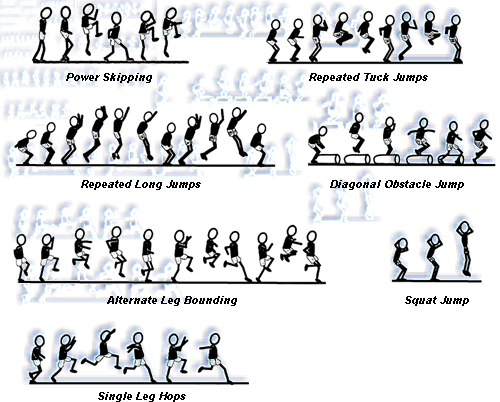
A favorite skiing specific, plyometric exercise
Lateral jumps
Lateral jumping simulates many movements that are used in skiing. Bending and stretching of the legs with agile lateral movement, including flexing of the ankles, knees and hips. Aim to keep good control and balance, landing and taking off with both feet.
Work on stance width with the feet. Aim to keep the feet at a constant width, around hip width apart.
Then, learn to control leg symmetry in lateral jumps. Aim to keep your knees the same distance apart. This is an ideal stance for skiing. Developing this kind of control can really help build stability symmetry and prescision into your skiing stance.
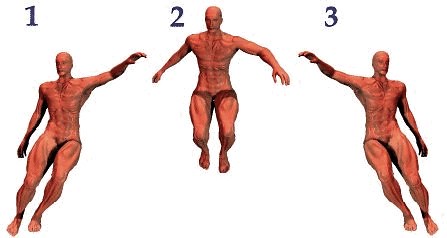
Hope you enjoy these ski fitness tips and exercises. Read more about how to get fit for skiing.
By Mark Gear, director & head coach at All Mountain Performance in Chamonix. Mark runs performance ski courses in Chamonix for all-mountain and off piste skiing.
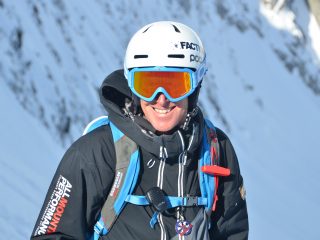
SKI LEVEL FINDER PRICES BOOK SKI COURSES BOOK PRIVATE LESSONS
